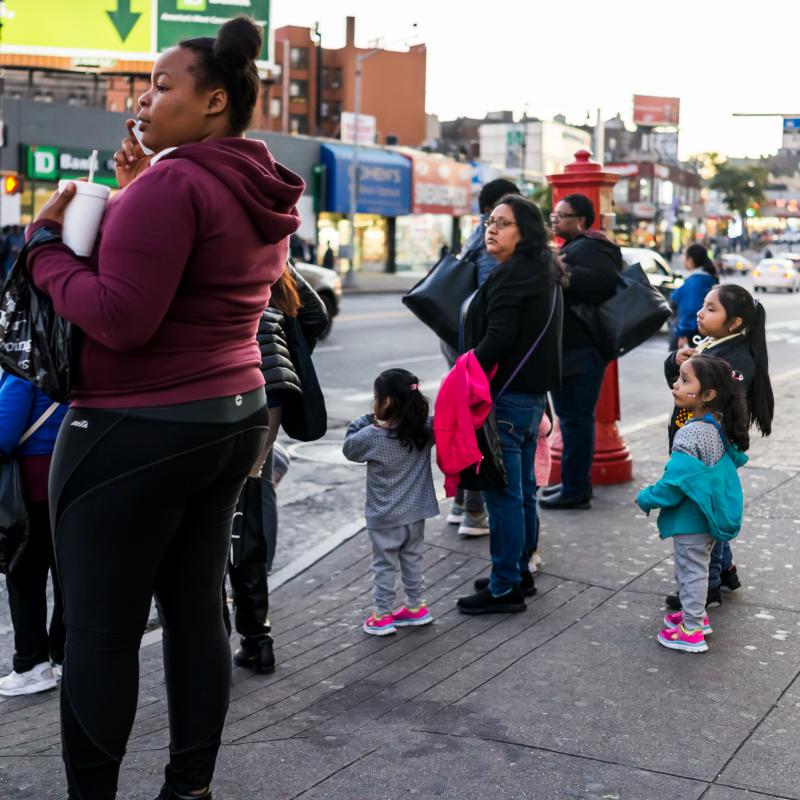On December 15, 2021, families received their last monthly payments from the expanded Child Tax Credit. This credit lifted millions of children out of poverty, and it was especially impactful for Black and Hispanic children. Now an additional 3.7 million children live in poverty—over half of whom are Black and Hispanic.
Child poverty substantially increased without the expanded Child Tax Credit
From December 2021 to January 2022, the number of children in the United States living in poverty soared from 8.9 million to more than 12.5 million—a 41% increase. Within that group, the number of Black and Hispanic children living in poverty surged by over 2 million, widening racial/ethnic inequities nationwide.
Without the expanded credit, racial/ethnic inequities in child poverty are worse
When the monthly payments ceased, Black and Hispanic children’s poverty rates grew to 25.4% and 23.9%. This jump translates to an increase of more than 600,000 additional Black children in poverty and more than 1.3 million additional Hispanic children in poverty unable to afford basic necessities such as stable housing, food and clothing.
Prior to the expansion of the Child Tax Credit, Black and Hispanic children were already disproportionately excluded due to income eligibility rules. The expanded credit was crucial for lowering Black and Hispanic child poverty rates in the second half of last year— but even with the expanded credit, the poverty rates of Black and Hispanic children were more than double the poverty rate of White children. Now, without the expanded Child Tax Credit, the racial/ethnic inequities are even worse. The White-Black gap in child poverty grew from 12 percentage points to 14 percentage points. The White-Hispanic gap grew from 9.3 percentage points to 12.5 percentage points.
With approximately 1 in 4 Black and Hispanic children living in poverty, urgent action is needed.
Helping our nation's children requires policy change
In the 2022 tax season, families will receive the second half of the 2021 expanded Child Tax Credit, which will likely result in a substantial—but brief—dip in monthly child poverty rates. But unless further action is taken, we expect monthly child poverty rates will then climb again and remain high.
As discussed in our previous blog, the Child Tax Credit is at a historic inflection point, and it is time to re-design and implement it to reduce child poverty equitably. To accomplish this goal, it is essential to make the expanded Child Tax Credit permanent, to restore eligibility for children without Social Security numbers, and to maintain the credit without work requirements. Our nation’s children—especially our Black, Hispanic and immigrant children—can’t wait.
Blog: The Child Tax Credit is at a Historic Inflection Point
2021 Year End Brief: We Can Make 2022 the Year We End Child Poverty






